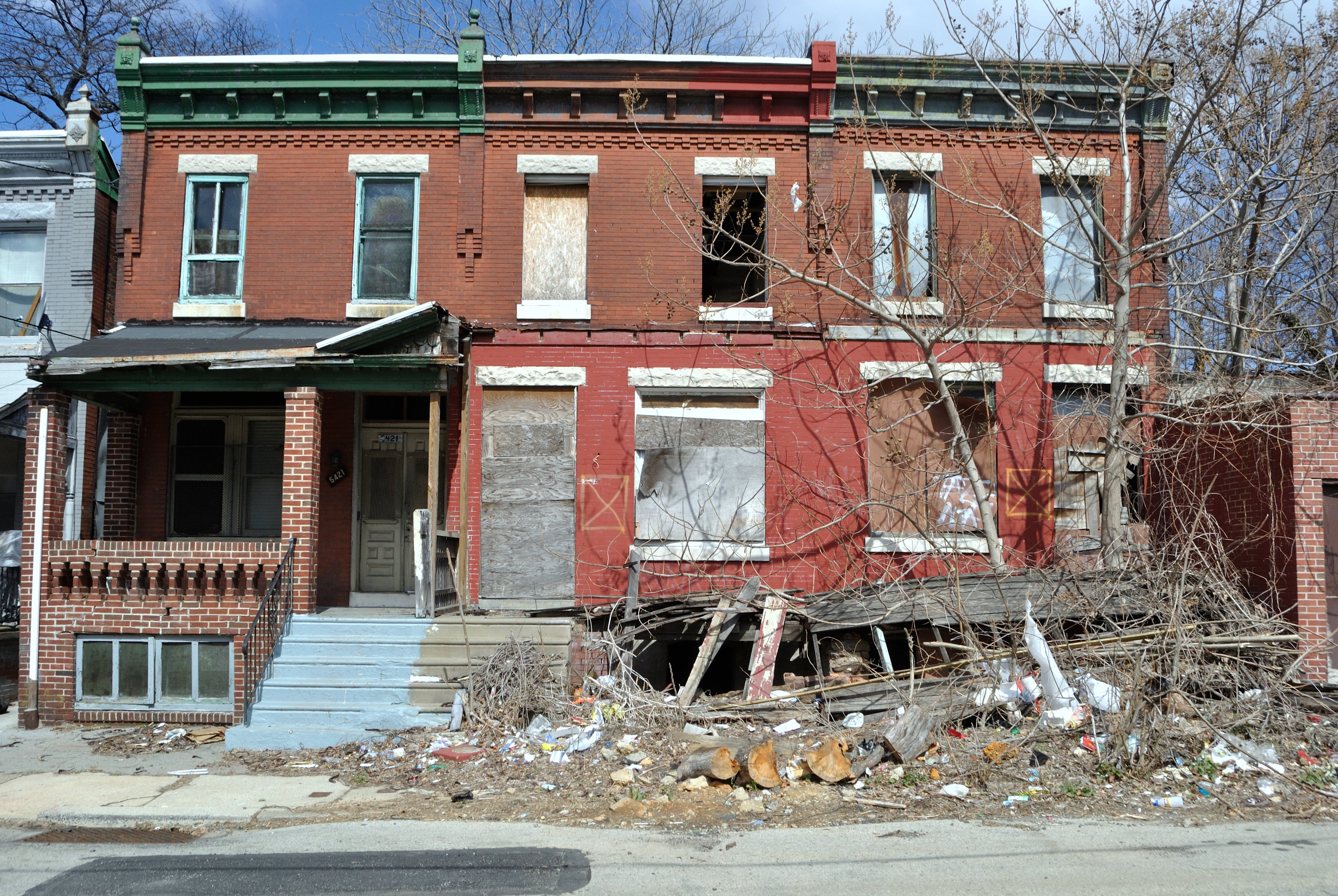Land Bank updates: Strategic planning and VPRC transparency

Philadelphia is inching toward realizing its Land Bank, signed into law by Mayor Nutter in January. The Philadelphia Land Bank is perhaps the city’s best hope for putting a significant number of the city’s roughly 40,000 vacant properties into responsible hands. At least, if it’s done really well. There is progress to report on two elements that are important to the Land Bank’s success: a solid strategic plan and a more transparent process.
Strategic Planning:
One key piece is a strategic plan for the Land Bank that will set annual goals and provide as a rational foundation for making decisions.
Last month the Philadelphia Housing Development Corporation issued a Request for Proposals (RFP) for strategic planning and analysis toward making the Philadelphia Land Bank operational. Responses to that RFP are due on May 19.
The selected consultant will assist the Land Bank board and Philadelphia City Planning Commission in creating a five-year plan, which will be updated annually. The plan will employ a data-driven approach to the city’s inventory of vacant parcels, clustering properties into categories based on other public plans and market analysis, and propose geographic groupings that are appropriate for disposition and reuse, acquisition by the Land Bank, and property maintenance.
The timeline established in the RFP envisions the plan completed and adopted by City Council before the year is out. The consultant will be selected May 30 and the first complete draft of the Land Bank Strategic Plan will be due September 1. If all goes as planned the preliminary plan will be published on October 1, a public hearing will be held October 15. The final plan could be adopted by the Land Bank board in late October, and subsequently submitted to City Council.
The city has allocated $175,000 toward the strategic plan’s development.
Vacant Property Review Committee transparency:
The Land Bank legislation created a new, basic level of transparency of the Vacant Property Review Committee (VPRC), an appointed body with designees from City Council and relevant agencies that plays a key role in determining who gets what city-owned vacant property. VPRC’s role will remain when the Land Bank is operational, and the new law requires VPRC meeting information, agendas, and minutes be publicly available online. So far that hasn’t entirely happened.
Since January 2014 VPRC’s monthly meeting agendas have been published on City Council’s website. The agendas for April and May, published as linked PDFs, were not posted 10 days in advance as required under the land bank law. So far, meeting agendas and minutes have not been archived anywhere either. Without such a record, there’s no way of knowing what properties were under consideration and for what applicants.
On Friday, May 9, the April agenda was still shown online, despite the fact the May meeting was already slated for the following Tuesday. I emailed VPRC chairwoman Susie Jarmon, Real Estate Development Director for the Office of Housing and Community Development, inquiring about an agenda for the May 13 meeting. OHCD communications staff responded on Jarmon’s behalf.
May’s agenda popped up online on Friday afternoon, after my initial email. On Monday OHCD spokeswoman Jamila Davis provided approved meeting minutes for January, February, and March (see below).
And what of the online archive?
“Just an oversight. We’re going to start,” said Paul Chrystie, OHCD’s Director of Communications in an email.
WHYY is your source for fact-based, in-depth journalism and information. As a nonprofit organization, we rely on financial support from readers like you. Please give today.





